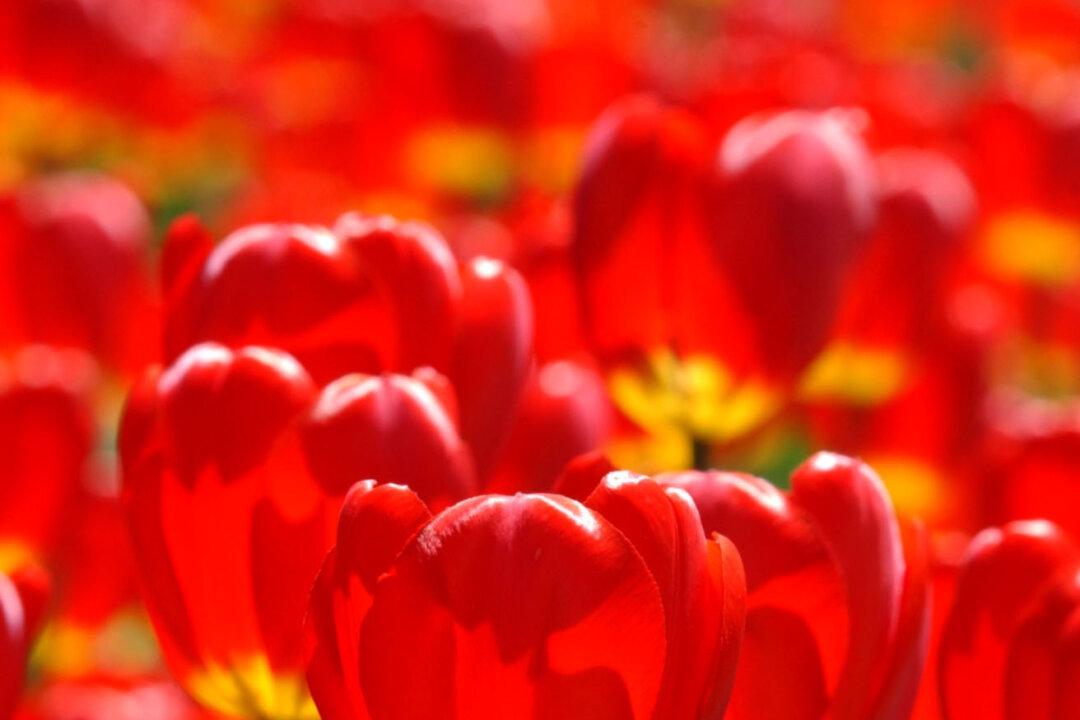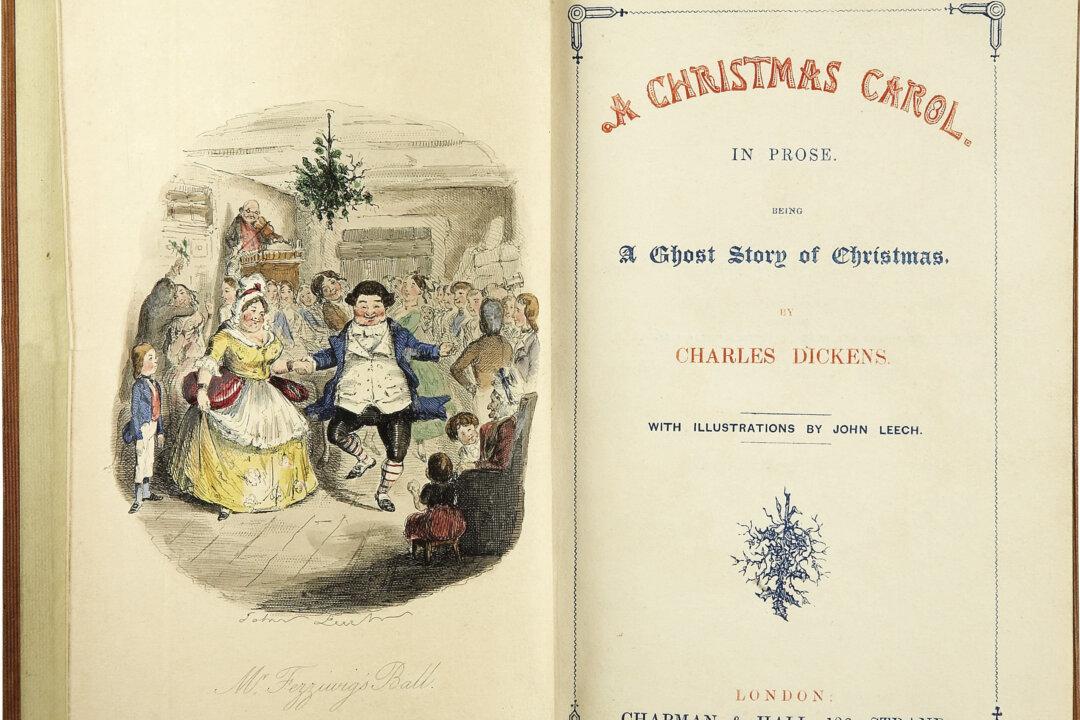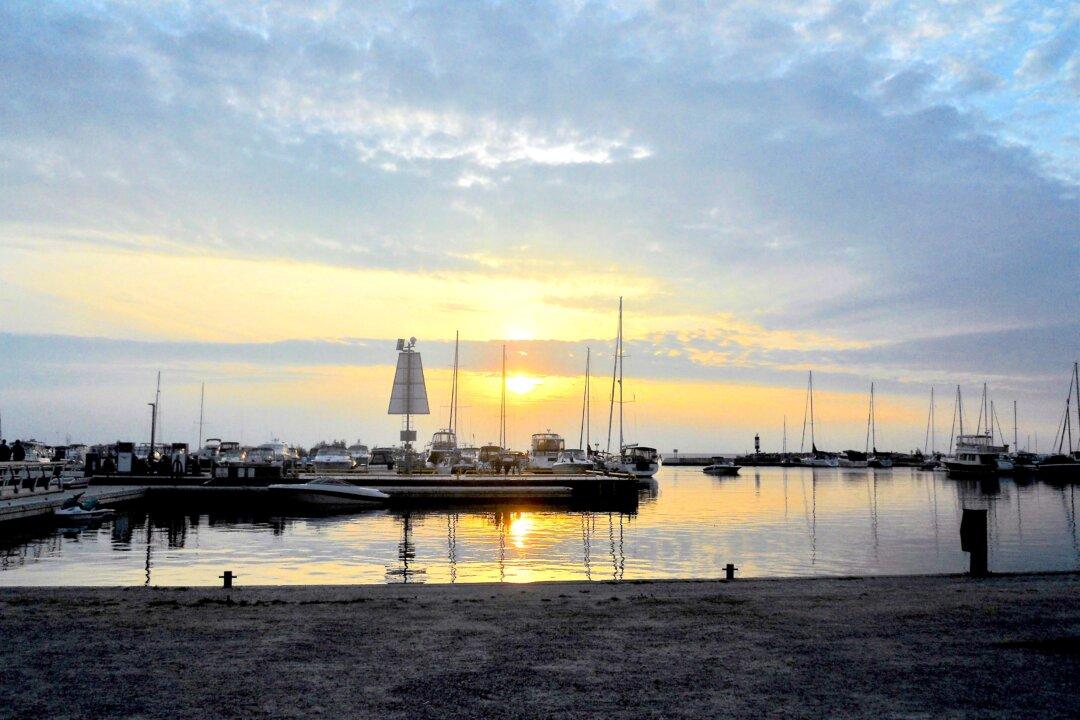As I walked through Ottawa’s Confederation Park to City Hall, I was covered in the gentle spring snow of crab-apple blossoms. Their perfume mingled with the scent of the warm pines and the music from the central fountain.
I had just come from the tulip beds of Major’s Hill Park to attend the opening ceremonies of the 2013 Tulip Festival at Tulip Plaza. Until this year, the Tulip Festival was the concern of the National Capital Commission, but due to increasing costs it is now under the auspices of City Hall.
During World War II, the Dutch Royal family took refuge in Ottawa. Indeed, Queen Beatrix, who recently abdicated in favour of her son, spent about five years of her childhood in the capital, and her youngest sister was born here. In 1945, as a token of appreciation for the protection of Queen Juliana and her young family, as well as the liberation of Holland, the Dutch sent 100,000 tulip bulbs to Canada. A tradition was born, and the tulip became the official flower of the city.
In 1953, the noted Ottawa photographer Malak Karsh suggested to the Ottawa Board of Trade the idea of hosting a Canadian Tulip Festival in May. It was to be a celebration of spring, a commemoration of history, and a tourist attraction.
As the festival enters its 61st year, it is estimated that at least 500,000 people arrive annually to see the one million tulips in Ottawa during its multi-day run, ending with the Victoria Day long
weekend on May 19.
The main tulip beds are in Commissioners Park at Dow’s Lake, Major’s Hill Park, the Olympic Garden, Malak’s Bed, Jacques-Cartier Park, Montcalm-Taché Park, Elgin Street, and the Garden of the Provinces and Territories—all accessible via the free Tulip Shuttle. At Dow’s Lake there are 300,000 tulips of 60 varieties in 30 beds. It is also the home of the Lake of Fire—the final day’s fireworks display.
Last May, the opening ceremonies began with a parade of vintage vehicles—the Commemorative Cavalcade of Classics—at Tulip Plaza in front of City Hall. An elegant green Bentley, a dashing red Mercedes-Benz, various Citroëns, and military jeeps graced the entry.
A stage had been set up to face what, in winter, is the ice skating rink—the Rink of Dreams—now filled with tables and umbrellas. This is now the site of the International Pavilion, which was once set up at Major’s Hill Park. On one side were tents selling ethnic trinkets from Turkey, Poland, Ecuador, and Senegal. On the other side were food vendors from Mexico, El Salvador, Indonesia, the Philippines, India, and the Netherlands.
I listened to the speakers: the Dutch ambassador, the Ottawa mayor, and various VIPs, but truly, it is the food and entertainment one comes for. I had a small plate of “pupusas” from El Salvador—dough stuffed with pork and served with a coleslaw like salad—as I listened to a swing band called Jivewire under one of the umbrella-covered tables.
The sun was blazing, but as the breezes increased in strength, all the umbrellas had to be taken down. Luckily, by that time, the VIPs had left and I wandered into one of the tents to get out of the heat. Many of the tent tulips were orange to celebrate the Netherlands’ new King Willem, and orange tulip pins were being handed out in his honour.
The next weekend I returned to Tulip Plaza/International Pavilion to see some entertainment. There was a Mariachi band and a number of adorable children doing the Mexican Hat Dance. A group of Central American dancers also performed in a style and dress that reminded me of a program I had once seen about Spain’s Ibiza Island. The traditional dance is thought to have roots in ancient Carthage, a Phoenician colony from North Africa, and I could see the similarities.
The festival also hosted BULB—Big Urban Living Boutiques—stalls of arts and crafts (soaps, cards, knits, etc.) inside City Hall. My eye was caught by one example of originality—jewellery made from old silverware, such as teaspoon rings and octopus fork pendants!
Other events included the free concerts of Capital Sounds, the Tulip TraXion run, the guest speakers of Celebridée, the street food of Streats, the Shine Fundraiser, and the Fire Jugglers Show, not to mention a Mad Hatter’s Tea Party for Mother’s Day in the Glebe neighbourhood. A highlight was the Vintage Wings of Canada Airborne Parade, featuring vintage aircraft flying over Ottawa to commemorate the friendship between Canada and the Netherlands.
The Canadian Tulip Festival, the largest one of its kind in the world, will be held in Ottawa and neighbouring Gatineau from May 9-19. For more information, visit: http://tulipfestival.ca
Elissa Michele Zacher’s articles can be found in Epoch Times, The Ottawa Natural Magazine, The Mining Connection, and the Anglican Journal. Her poetry has been published in the apt online literary magazine, Northeast Poetry Journal, Essence Poetry Journal, Gazette & Herald, moggies.co.uk, and Freedom Press.





